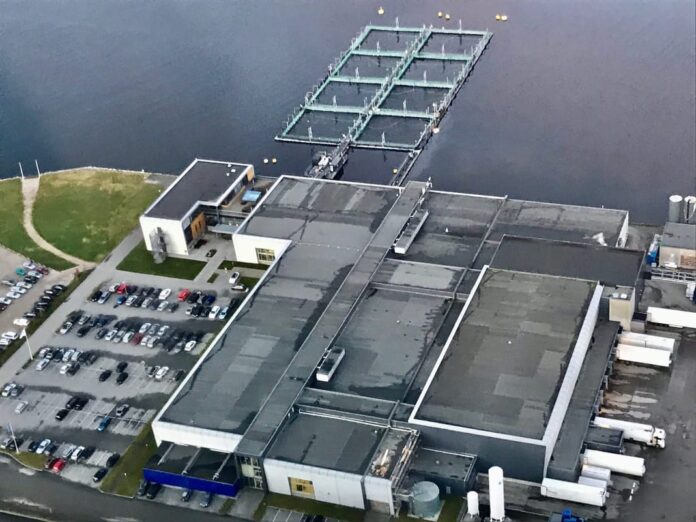The harvest volume for the quarter was 52,100 tonnes, which gives an operational EBIT per kilo of NOK 14.35 (€1.45).
“We are particularly pleased with the results from farming in the quarter, and as always, there is good and solid operation on the salmon’s conditions combined with good craftsmanship from our employees who have made this possible. This quarter, we also took large and important strategic steps that will enable SalMar to grow further. We have completed strategic acquisitions in the value chain, we are in the process of completing our new process plant in the north, and we have initiated cooperation with Aker, which will strengthen our focus on sea-based farming,” said CEO Gustav Witzøe in a press release.
Logistics
The Central Norway and Northern Norway divisions continue to deliver solid results driven by stable biological performance and solid craftsmanship from employees. In the third quarter, performance is particularly good from Northern Norway with significantly lower cost levels than before.
Sales and industry have had high activity throughout the quarter, but increased costs in connection with logistics and other input factors weaken the result in the quarter.
Icelandic Salmon continues the positive development from the previous quarter with good underlying operations, but lower spot prices and non-recurring costs related to brand and product development weaken the result.
Offshore
Establishment of SalMar Aker Ocean together with Aker marks a milestone for SalMar. SalMar Aker Ocean will operate sea-based salmon farming, both in weather-exposed areas and far out to sea. The goal is to create the world’s most reliable and intelligent farming business by combining Aker and SalMar’s industry knowledge and leading expertise in salmon and salmon farming, industrial software and environmental technology. The business will be based on the strictest requirements for fish welfare and an ambition of zero emissions for the entire value chain.
“SalMar has considerable flexibility to realize our growth strategy and we continue our strategic investments along the entire value chain with undiminished strength both close to the coast and at sea. The measures and investments we are now working to create the foundation for further environmental, quality and financial good results in the future,” said Witzøe.
Moderate
A moderate increase in global demand for Atlantic salmon is expected in 2022. Covid-19 continues to increase market uncertainty, but the first nine months of the year have shown how strong the salmon market is. The roll-out of vaccines around the world also provides good reason to be optimistic about the future.
SalMar increases expectations of a harvest volume for 2021 in Norway by 6,000 tonnes to 169,000,000 tonnes and reduces guiding in Iceland to 12,000 tonnes and to 33,000 tonnes in Scotland.
A stable cost level and higher total volume are expected in the fourth quarter than in the third quarter. SalMar expects a contract share of around 25 percent for the fourth quarter of 2021.
SalMar expects further growth in harvest volume in 2022: 6,000 tonnes increase in Norway to 175,000 tonnes, 4,000 tonnes increase in Iceland to 16,000 tonnes and 13,000 tonnes increase to 46,000 tonnes in Scotland provided the completion of the acquisition in Shetland is approved by competition authorities.

